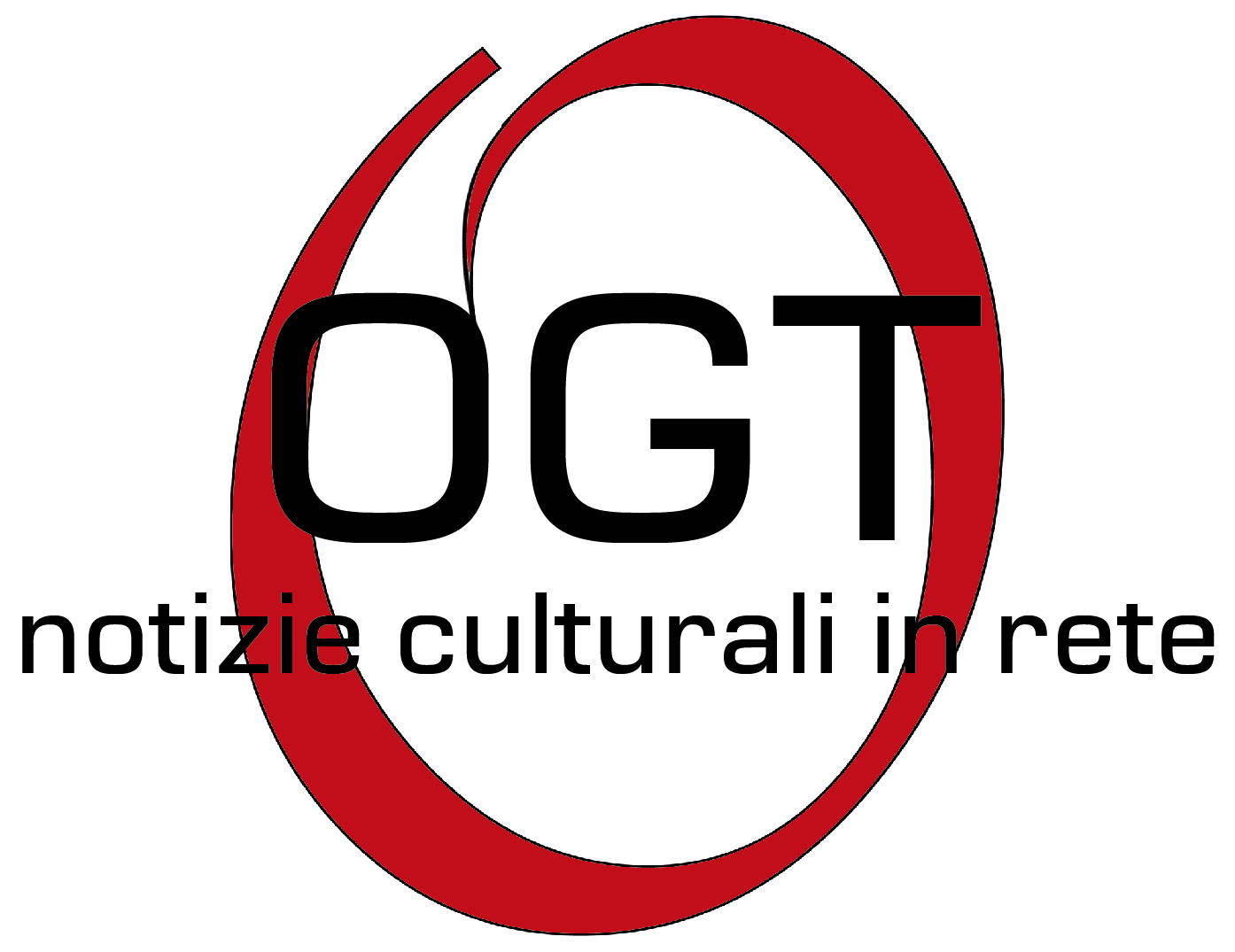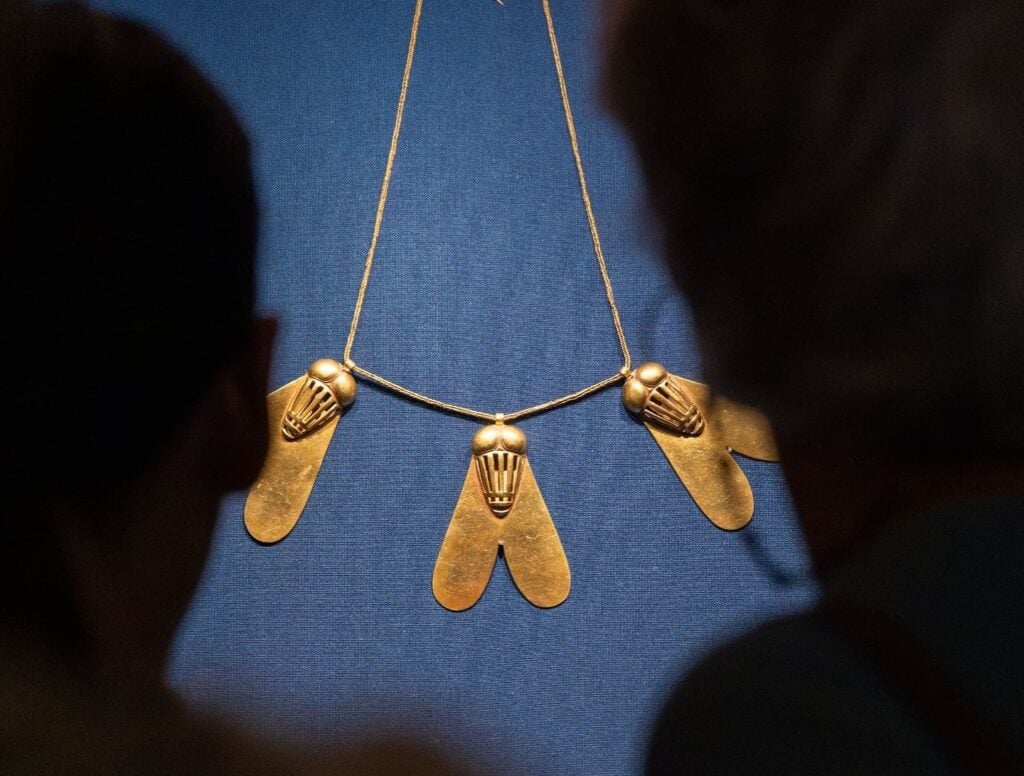academia.edu di martedě 3 dicembre 2019
THEATER OF PREDATION: BENEATH THE SKIN OF GÖBEKLI TEPE IMAGES
di Dušan Boric
Introduction
Neither in their painting nor in their carving do people seek to reconstructthe material world they know, through their mundane subsistence pursuits of hunting and gathering, on a higher plane of cultural and symbolic meaning.Whether their primary concern be with the land or its non-human inhabitants,their purpose is not to represent but to reveal, to penetrate beneath the surfaceof things so as to reach deeper levels of knowledge and understanding. It is atthese levels that meaning is to be found. (Ingold 2000:130)
Can the enclosures of Göbekli Tepe be seen as examples of the earliest recognizedshrines, even temples, that completely exclude domestic functions? What was thesocial organization of the community that gathered their efforts to carve out largepillars, up to 7m tall, and occasionally to dress them with elaborate images of mainly wild and male animals? To what end was such a large labor pool mobilized?How big was the area around the site from which people were drawn in order toconstruct and/or visit this particular place? Was there a connection betweenbroadly contemporaneous examples of intentional intensification in the use of wildplant resources across the area of the Fertile Crescent, eventually leading to their domestication, and aspects of life and ritual that surrounded what was going on atGöbekli Tepe during its earliest phases?Over the past two decades, the excavator of Göbekli Tepe, Klaus Schmidt, hasattempted to answer some if not most of these questions (e.g., Schmidt 2005, 2006,2009, 2010). Very recently, however, other authors have also started questioningcertain basic assumptions we have come to cherish about Göbekli Tepe, such as thesite’s role as a place for sacred ritual gatherings and the use of enclosures as shrinesrather than houses (Banning 2011). But as many other scholars would agree (e.g.,Belfer-Cohen and Goring-Morris 2011; Kuijt 2011; Verhoeven 2011), we may stillbe far from a comfortable place in answering many of these key questions. Despite years of hard work, significant surprises at this important site are still possible. Thissuggestion in particular refers to future excavations of the lowermost levels at thesite, more re fi ned absolute dating of its numerous features, and the opening of fl oors and stone benches, which potentially store numerous human remains. Theseinevitable future research e ff orts at Göbekli Tepe, and continuing work at other regional, broadly contemporaneous sites (Figure 3.1), should help to better informfuture discussions about the site ’ s place in a constellation of other sites, the natureof its use, and changes that a ff ected it over the several phases represented by itsstratigraphy.
While current evidence from Göbekli Tepe might be insu ffi cient to address thechanging nature of the site and the activities taking place therein, the rich reper-toire of animal and other non- fi gurative depictions to be found carved onto largestone pillars and into sculptures using the same type of locally available stone,invites us to attempt an analysis of this imagery. This striking imagery already hasprovoked interpretations by the site ’ s excavator and his collaborators (e.g., Petersand Schmidt 2004; Schmidt 2005, 2006, 2009, 2010 and references therein) as wellas other scholars (e.g., Hodder and Meskell 2010; Verhoeven 2002).
In this chapter, I contextualize the imagery from Göbekli Tepe, fi rstly within itslocal ecological and cultural milieu, and secondly in relation to discussions regardingdepictions of animals among hunter-gatherer societies world-wide. The latter goalwill explicitly be connected to recent discussions about di ff erent non-Westernontologies (e.g., Descola 1996, 2005; Viveiros de Castro 1998, 2004) that explorethe usefulness of some recharged labels of older ethnographies, such as totemismand animism, and the currency that the notion of perspectivism has gained in recent years. This chapter takes as its main goal to understand whether the iconographyand narrative structure of animal depictions at Göbekli Tepe, with similarities inthe visual vocabulary seen in other broadly contemporaneous sites, can be readthrough a particular ontological key, and how we should best understand thefunction of such depictions. It is argued that this can be achieved even beforedeciding whether the site was a ceremonial center, and whether its exceptionalfeatures provide clues as to the site ’ s assumed sacred nature.
The cultural and symbolic ecology of Pre-Pottery Neolithic Upper Mesopotamia
… in Marx I found the fundamental idea that one cannot understand what isgoing on inside people ’ s heads without connecting it to the conditions of their practical existence … (Lévi-Strauss and Eribon 1991:108)
It remains very di ffi cult to fully contextualize Göbekli Tepe and its extraordinaryfeatures due to a lack of any substantial trace of human occupation in the wider region of Upper Mesopotamia prior to the earliest structures being built at the site.Current dating suggests that the earliest phase at Göbekli Tepe can probably be tracedto the mid-10th millennium BC (Schmidt 2006), which marks the beginning of thePre-Pottery Neolithic (PPN) period across the Levant (cf. Kuijt and Goring-Morris2002).
The site is found on a large limestone ridge, some 800m asl, and consists of several large mounds; the location is somewhat unexpected as it is neither close towater nor arable land (Peters and Schmidt 2004; Schmidt 2001, 2003, 2006, 2009,2010; Schmidt and Hauptmann 2003). To date, at least six semi-subterranean ‘ ritual ’ structures have been exposed (Figure 3.2), while geophysical survey hasdetermined the existence of at least another 15 enclosures. The estimated number of enclosures is around 25. Documented ‘ ritual ’ structures contained numerousT-shaped pillars of di ff erent sizes. Over 45 of these pillars have been at least par-tially exposed with an estimate that the site may contain over 200 such pillars of di ff erent sizes. There are two main PPN phases distinguished at the site: the earliest is represented by Layer III, attributed to the PPNA period, and dated to between9100 and 8500 BC. This is followed by Layer II, assigned to the PPNB period, anddated to between 8700 and 8000 BC. At the moment, such dating remains con fi nedto largely re-deposited materials from the back fi lling of enclosures rather than primary deposits that may in the future yield more accurate and feature-speci fi cchronological determinations.While there are clear continuities between the two main phases in the use of T-pillars, the construction of enclosures, and the range of depicted images at thesite, diachronic changes can also be detected. Such changes primarily relate to areduction in the size of pillars from more than 5m in height (Layer III) to the 1.5mtall pillars found associated with Layer II. There is also a move from circular torectangular enclosure plans. In Layer III circular enclosures, two large pillars werefree-standing in the centers of the enclosures, while other pillars were partlyencased by stone walls, with only the ‘ front ’ parts being visible, often with depictionsof animals.The shape of the T-pillars has been interpreted as anthropomorphic, and thisinterpretation is supported by engravings of human arms on the wide sides of somepillars, and of fi ngers on the narrow sides (Figure 3.3). The shape of these pillars,with large pronounced heads, has also been seen as phallic (Hodder and Meskell2010:36). As well, many of these pillars are decorated with zoomorphic images,
Neither in their painting nor in their carving do people seek to reconstructthe material world they know, through their mundane subsistence pursuits of hunting and gathering, on a higher plane of cultural and symbolic meaning.Whether their primary concern be with the land or its non-human inhabitants,their purpose is not to represent but to reveal, to penetrate beneath the surfaceof things so as to reach deeper levels of knowledge and understanding. It is atthese levels that meaning is to be found. (Ingold 2000:130)
Can the enclosures of Göbekli Tepe be seen as examples of the earliest recognizedshrines, even temples, that completely exclude domestic functions? What was thesocial organization of the community that gathered their efforts to carve out largepillars, up to 7m tall, and occasionally to dress them with elaborate images of mainly wild and male animals? To what end was such a large labor pool mobilized?How big was the area around the site from which people were drawn in order toconstruct and/or visit this particular place? Was there a connection betweenbroadly contemporaneous examples of intentional intensification in the use of wildplant resources across the area of the Fertile Crescent, eventually leading to their domestication, and aspects of life and ritual that surrounded what was going on atGöbekli Tepe during its earliest phases?Over the past two decades, the excavator of Göbekli Tepe, Klaus Schmidt, hasattempted to answer some if not most of these questions (e.g., Schmidt 2005, 2006,2009, 2010). Very recently, however, other authors have also started questioningcertain basic assumptions we have come to cherish about Göbekli Tepe, such as thesite’s role as a place for sacred ritual gatherings and the use of enclosures as shrinesrather than houses (Banning 2011). But as many other scholars would agree (e.g.,Belfer-Cohen and Goring-Morris 2011; Kuijt 2011; Verhoeven 2011), we may stillbe far from a comfortable place in answering many of these key questions. Despite years of hard work, significant surprises at this important site are still possible. Thissuggestion in particular refers to future excavations of the lowermost levels at thesite, more re fi ned absolute dating of its numerous features, and the opening of fl oors and stone benches, which potentially store numerous human remains. Theseinevitable future research e ff orts at Göbekli Tepe, and continuing work at other regional, broadly contemporaneous sites (Figure 3.1), should help to better informfuture discussions about the site ’ s place in a constellation of other sites, the natureof its use, and changes that a ff ected it over the several phases represented by itsstratigraphy.
While current evidence from Göbekli Tepe might be insu ffi cient to address thechanging nature of the site and the activities taking place therein, the rich reper-toire of animal and other non- fi gurative depictions to be found carved onto largestone pillars and into sculptures using the same type of locally available stone,invites us to attempt an analysis of this imagery. This striking imagery already hasprovoked interpretations by the site ’ s excavator and his collaborators (e.g., Petersand Schmidt 2004; Schmidt 2005, 2006, 2009, 2010 and references therein) as wellas other scholars (e.g., Hodder and Meskell 2010; Verhoeven 2002).
In this chapter, I contextualize the imagery from Göbekli Tepe, fi rstly within itslocal ecological and cultural milieu, and secondly in relation to discussions regardingdepictions of animals among hunter-gatherer societies world-wide. The latter goalwill explicitly be connected to recent discussions about di ff erent non-Westernontologies (e.g., Descola 1996, 2005; Viveiros de Castro 1998, 2004) that explorethe usefulness of some recharged labels of older ethnographies, such as totemismand animism, and the currency that the notion of perspectivism has gained in recent years. This chapter takes as its main goal to understand whether the iconographyand narrative structure of animal depictions at Göbekli Tepe, with similarities inthe visual vocabulary seen in other broadly contemporaneous sites, can be readthrough a particular ontological key, and how we should best understand thefunction of such depictions. It is argued that this can be achieved even beforedeciding whether the site was a ceremonial center, and whether its exceptionalfeatures provide clues as to the site ’ s assumed sacred nature.
The cultural and symbolic ecology of Pre-Pottery Neolithic Upper Mesopotamia
… in Marx I found the fundamental idea that one cannot understand what isgoing on inside people ’ s heads without connecting it to the conditions of their practical existence … (Lévi-Strauss and Eribon 1991:108)
It remains very di ffi cult to fully contextualize Göbekli Tepe and its extraordinaryfeatures due to a lack of any substantial trace of human occupation in the wider region of Upper Mesopotamia prior to the earliest structures being built at the site.Current dating suggests that the earliest phase at Göbekli Tepe can probably be tracedto the mid-10th millennium BC (Schmidt 2006), which marks the beginning of thePre-Pottery Neolithic (PPN) period across the Levant (cf. Kuijt and Goring-Morris2002).
The site is found on a large limestone ridge, some 800m asl, and consists of several large mounds; the location is somewhat unexpected as it is neither close towater nor arable land (Peters and Schmidt 2004; Schmidt 2001, 2003, 2006, 2009,2010; Schmidt and Hauptmann 2003). To date, at least six semi-subterranean ‘ ritual ’ structures have been exposed (Figure 3.2), while geophysical survey hasdetermined the existence of at least another 15 enclosures. The estimated number of enclosures is around 25. Documented ‘ ritual ’ structures contained numerousT-shaped pillars of di ff erent sizes. Over 45 of these pillars have been at least par-tially exposed with an estimate that the site may contain over 200 such pillars of di ff erent sizes. There are two main PPN phases distinguished at the site: the earliest is represented by Layer III, attributed to the PPNA period, and dated to between9100 and 8500 BC. This is followed by Layer II, assigned to the PPNB period, anddated to between 8700 and 8000 BC. At the moment, such dating remains con fi nedto largely re-deposited materials from the back fi lling of enclosures rather than primary deposits that may in the future yield more accurate and feature-speci fi cchronological determinations.While there are clear continuities between the two main phases in the use of T-pillars, the construction of enclosures, and the range of depicted images at thesite, diachronic changes can also be detected. Such changes primarily relate to areduction in the size of pillars from more than 5m in height (Layer III) to the 1.5mtall pillars found associated with Layer II. There is also a move from circular torectangular enclosure plans. In Layer III circular enclosures, two large pillars werefree-standing in the centers of the enclosures, while other pillars were partlyencased by stone walls, with only the ‘ front ’ parts being visible, often with depictionsof animals.The shape of the T-pillars has been interpreted as anthropomorphic, and thisinterpretation is supported by engravings of human arms on the wide sides of somepillars, and of fi ngers on the narrow sides (Figure 3.3). The shape of these pillars,with large pronounced heads, has also been seen as phallic (Hodder and Meskell2010:36). As well, many of these pillars are decorated with zoomorphic images,
leggi l'articolo integrale su academia.edu
| SCHEDA LIBRO | Segnala | Ufficio Stampa |








